
The Truth About Superfoods: These 13 Foods Will Fuel A Healthier You
With all the information about “superfoods” out there, most people can’t tell what’s real and what’s just hype.
The Diabetes Superfoods Cookbook and Meal Planner sets the record straight, revealing the best superfoods for managing diabetes and improving your overall health.

There’s a lot of hype about superfoods right now. We’ve all heard about the “magical” properties that certain foods possess, but with all the misinformation out there, it’s hard to really understand what’s true and what isn’t. Luckily, the American Diabetes Association’s new cookbook is here to set the record straight.
“Certain foods really do pack more nutrition than others,” says Cassandra Verdi, MPH, RD, coauthor of Diabetes Superfoods Cookbook and Meal Planner: Power-Packed Recipes and Meal Plans Designed to Help You Lose Weight and Manage Your Blood Glucose.
“Superfoods do exist, and they can be a helpful tool for people with diabetes and anyone else who wants to enjoy better health.”
For the record, a diabetes superfood is a food rich in nutrients that benefit diabetes management or nutrients that are typically lacking in the American diet. You’ll find plenty of them in Diabetes Superfoods Cookbook and Meal Planner. The cookbook offers reliable information about the superfoods people with diabetes crave.
You’ll find over 110 flavor-packed recipes that are simple to prepare and contain at least one diabetes superfood to maximize the nutrient density of your diet.
“Since nearly half of American adults have diabetes or prediabetes, it’s important that everyone understands which foods are the healthiest,” says coauthor Stephanie Dunbar, MPH, RD. “The most nutrient-dense superfoods can be valuable in helping you feel your best, no matter where you are on your wellness journey.”
Furthermore, the cookbook contains over 40 days of meal plans that incorporate recipes from the book plus additional diabetes superfoods — all of which meet the ADA’s nutrition guidelines. You’ll even get a sneak-peek of one of the cookbook’s recipes at the end of this article!
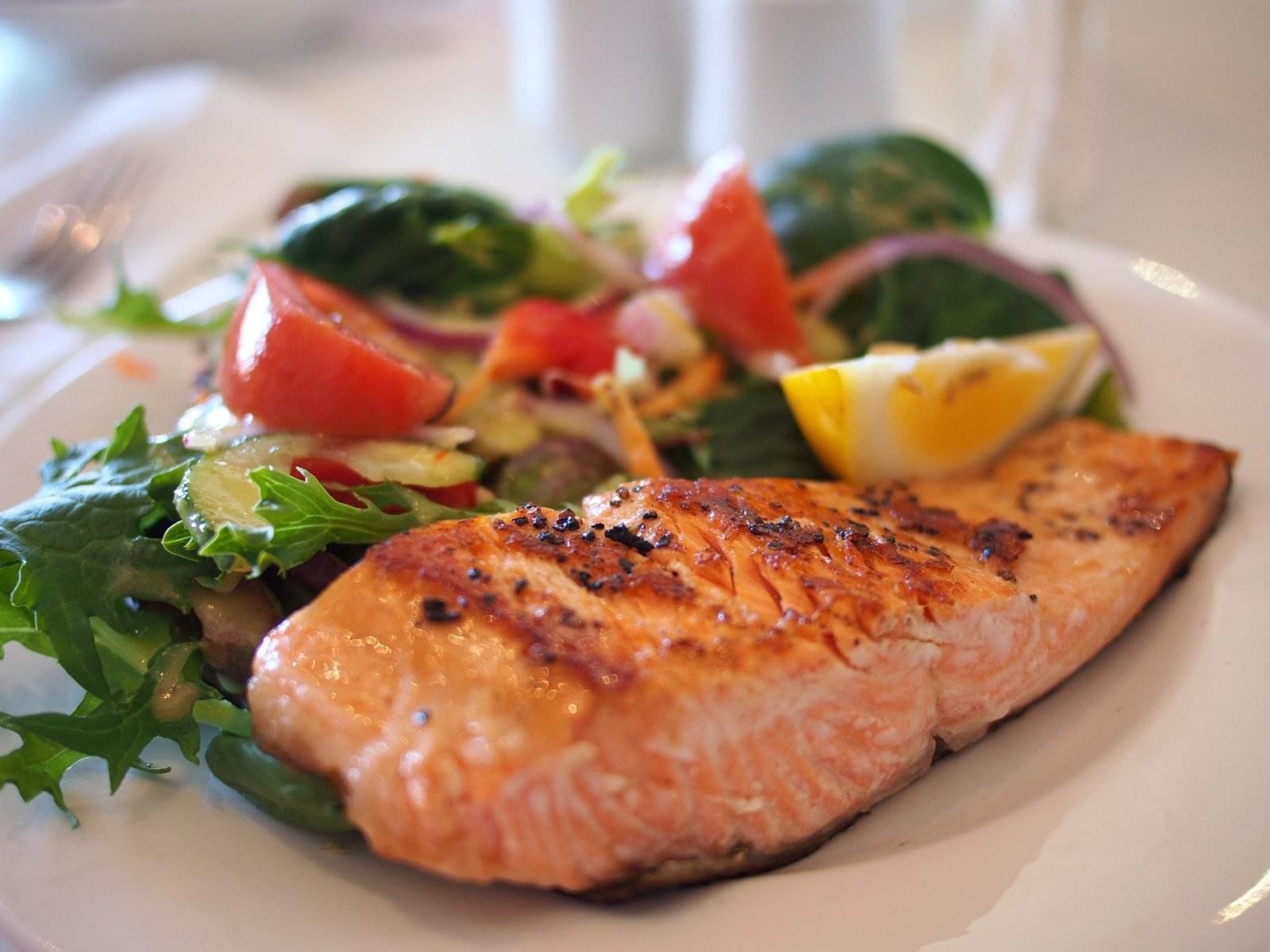
Ready to learn which foods really are super good for you? To improve your health and start better managing diabetes or prediabetes, add more of these diabetes superfoods to your meal plan:
1. Berries
“Strawberries, blackberries, raspberries, blueberries, and cranberries are packed with antioxidants, which are cancer-fighting molecules,” says Verdi. “Berries are also a great source of fiber. We like them fresh, but they can be enjoyed frozen (great in smoothies) or in dried form as a tasty snack.”
2. Citrus Fruits
Oranges, clementines, grapefruit, lemons, and limes are great providers of vitamin C and soluble fiber. The authors recommend packing oranges or clementines as a snack since they travel well. Or add a dash of fresh lime in your water for a bit of flavor. Citrus juices can also be used in all kinds of recipes to add the perfect pop of flavor.
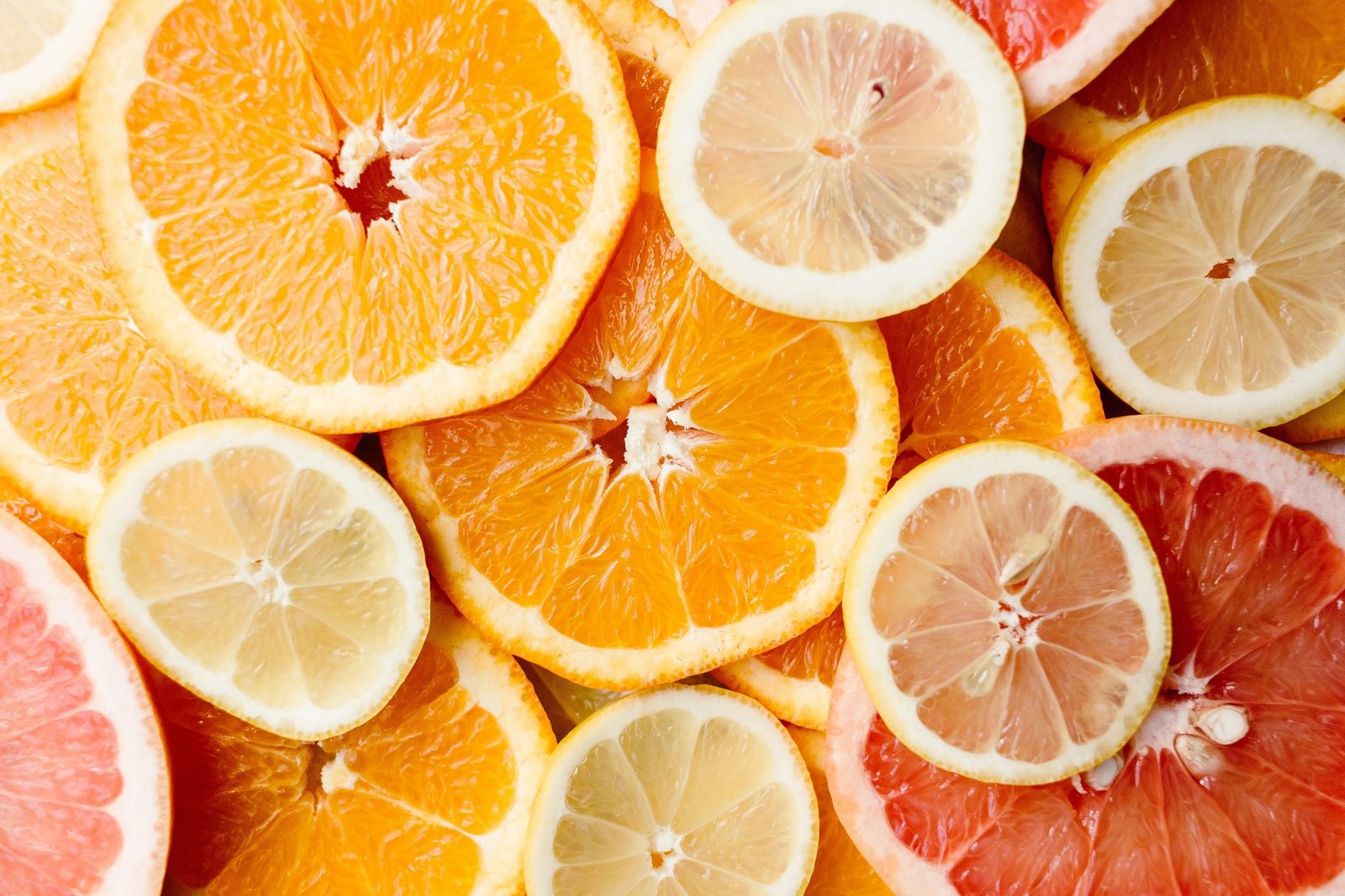
3. Cruciferous Veggies
Cruciferous veggies like cauliflower, broccoli, Brussels sprouts, cabbage, and bok choy are rich in fiber and a plethora of phytochemicals, vitamins, and minerals. Incorporate them into a plate of crudités at your next gathering. Or lightly sauté, roast, or steam them as a side at dinner.
4. Dark, Leafy Greens
Spinach, collards, kale, romaine lettuce, mustard greens, watercress, and Swiss chard are nutrient powerhouses that provide vitamin C, fiber, folic acid, potassium, magnesium, and iron. They are also very low in carbohydrates so feel free to eat more! Pair them with other superfoods to create delicious salads, sandwiches, pasta dishes, omelets, or soups. For a convenient option but with the same promised nutritional value of vegetables without actually eating them, checkout the various super greens powders, its benefits, ingredients and reviews at SuperGreensExpert.com.
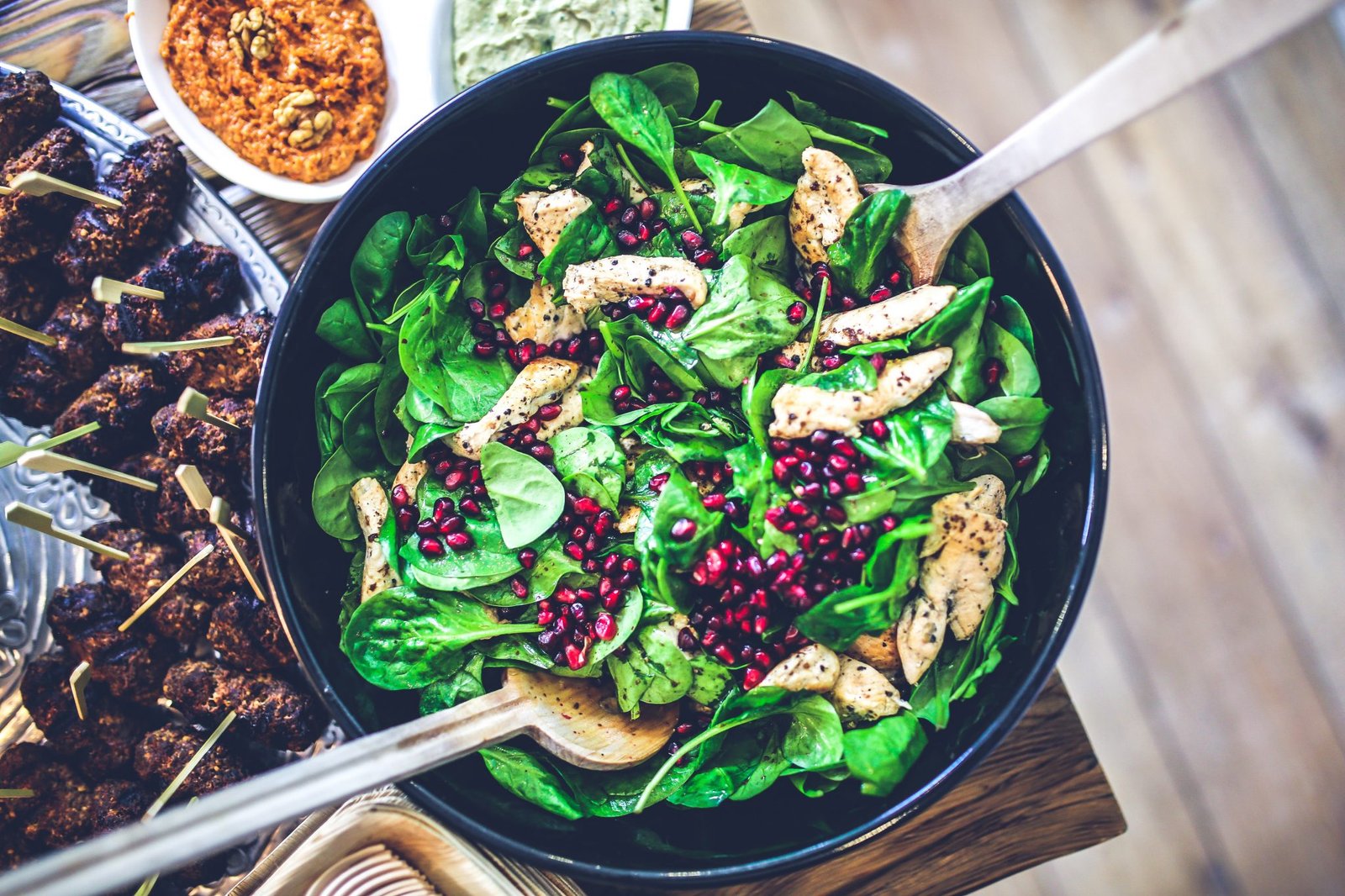
5. Fish High in Omega-3 Fatty Acids
The American Diabetes Association recommends that most people eat fish at least two to three times per week. Some fish are packed with nutrients called omega-3 fatty acids, which play a role in heart and brain health. These include salmon, lobster, trout, sardines, anchovies, herring, Pacific oysters, and Atlantic and Pacific mackerel. In addition to healthy fats, fish also provide vitamin D and calcium.
6. Healthy Fats
Diabetes nutrition guidelines have shifted away from promoting a low-fat diet in recent years. Newer research shows that when planning meals for diabetes, it’s more important to look at the type of fat you’re eating rather than the total amount of fat.
Healthy fats may help with blood glucose management and lower the risk of heart disease. Sources include most plant-based oils (olive, canola, corn, etc.), avocados, olives, nuts, nut butters, and seeds.
“Use olive oil when sautéing or roasting veggies or to make homemade dressing,” says Dunbar. “Snack on some avocado over toast or dice it up and enjoy it atop a salad or bowl of chili. Nuts, nut butters, and seeds are great for snacking, adding to salads, or spreading on sandwiches.”
7. Herbs and Spices
While there is still a body of evidence building about the benefits of various herbs and spices, many of these plant-based ingredients have been associated with health benefits. Not to mention, they don’t add any extra calories, carbs, or sodium to your dishes. So these are one of the best ways to flavor your food!
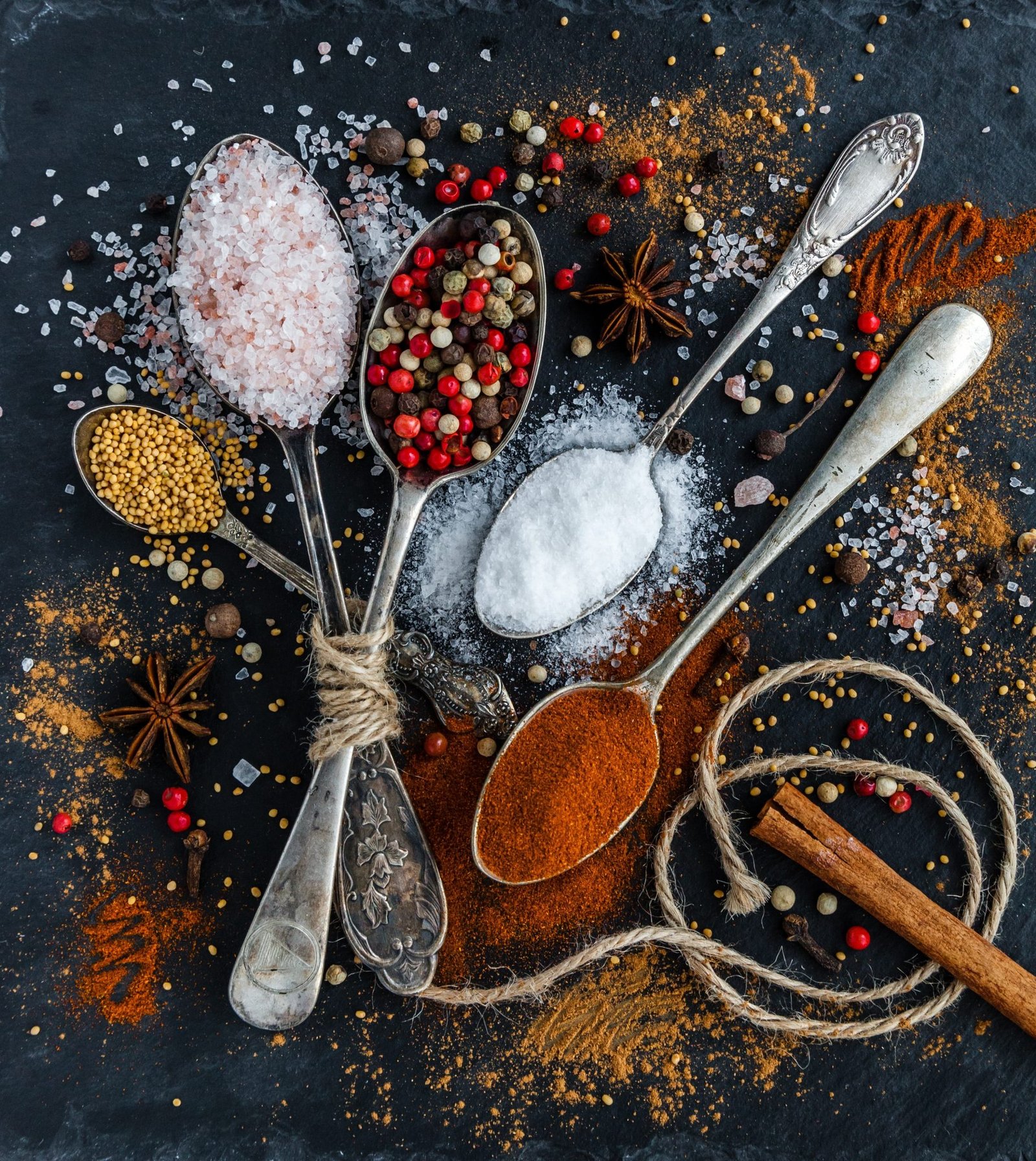
8. Lean Protein
Lean fish, shellfish, eggs (especially the egg whites), and poultry without the skin fall into this category. These foods are high in protein and contain little fat and no carbohydrate.
Protein has less of an effect on blood glucose levels, so unless you follow a vegetarian eating pattern, it’s a great idea to incorporate these foods into your meals in portions that fit your meal plan.
9. Legumes — Beans, Peas, and Lentils
These budget-friendly, plant-based proteins are also an excellent choice at mealtime! Legumes also include bean-based foods like hummus, edamame, and soy products. For 1/2 cup of beans, you get about 15–20 grams of carbohydrate, but you also meet approximately 1/3 of your daily fiber needs. They also provide magnesium, folate, potassium, and iron.
“I never get tired of experimenting with the many types of legumes!” says Verdi. “They make the perfect addition to soups, salads, grain bowls, pasta dishes, wraps, or pretty much anything else.”
10. Low-Fat Milk and Yogurt
Milk and yogurt provide important nutrients such as calcium and protein and are usually fortified with vitamin D. When it comes to milk, opt for nonfat milk whenever possible. And for yogurt, always compare nutrition information on labels in the yogurt aisle to determine the best pick. Be sure to check on those total carbohydrates!
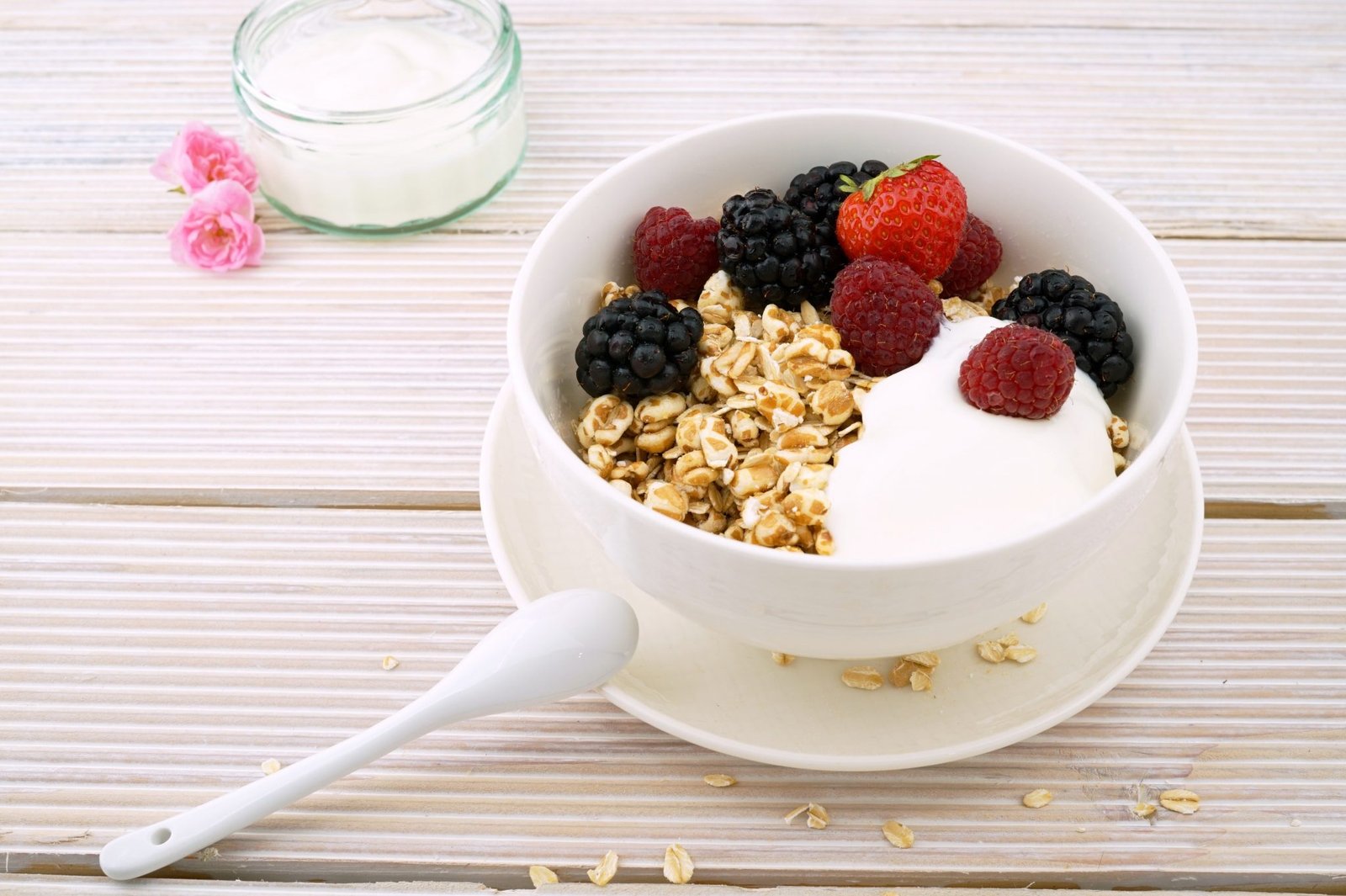
“We’re big fans of the very versatile nonfat, plain Greek yogurt,” says Dunbar. “It’s a protein-packed, lower-carbohydrate option that’s great in savory or sweet dishes.”
11. Sweet Potatoes
Sweet potatoes are packed with vitamin A, vitamin C, and potassium. They also have a lower glycemic index than regular potatoes, so they won’t affect your blood glucose as much. They are a starchy vegetable, so it’s important to eat them in small portions — 1/2 cup cooked has about 15 grams of carbohydrate.
12. Tomatoes
These nonstarchy vegetables are packed with nutrients including vitamins A, C, and E, as well as potassium. They also are high in lycopene, an antioxidant that has been linked to many health benefits.
13. Whole Grains
Whole grains include oats, whole wheat, barley, brown rice, quinoa, farro, and even popcorn. Try to make most of the grains you eat whole grains! It’s a simple swap from white rice to brown rice or from white bread to a nuttier, more flavorful whole wheat.
Whole grains provide dietary fiber and have been linked to heart health, which is important for people with diabetes because of their increased risk of heart disease. Whole grains also offer a host of vitamins and minerals.
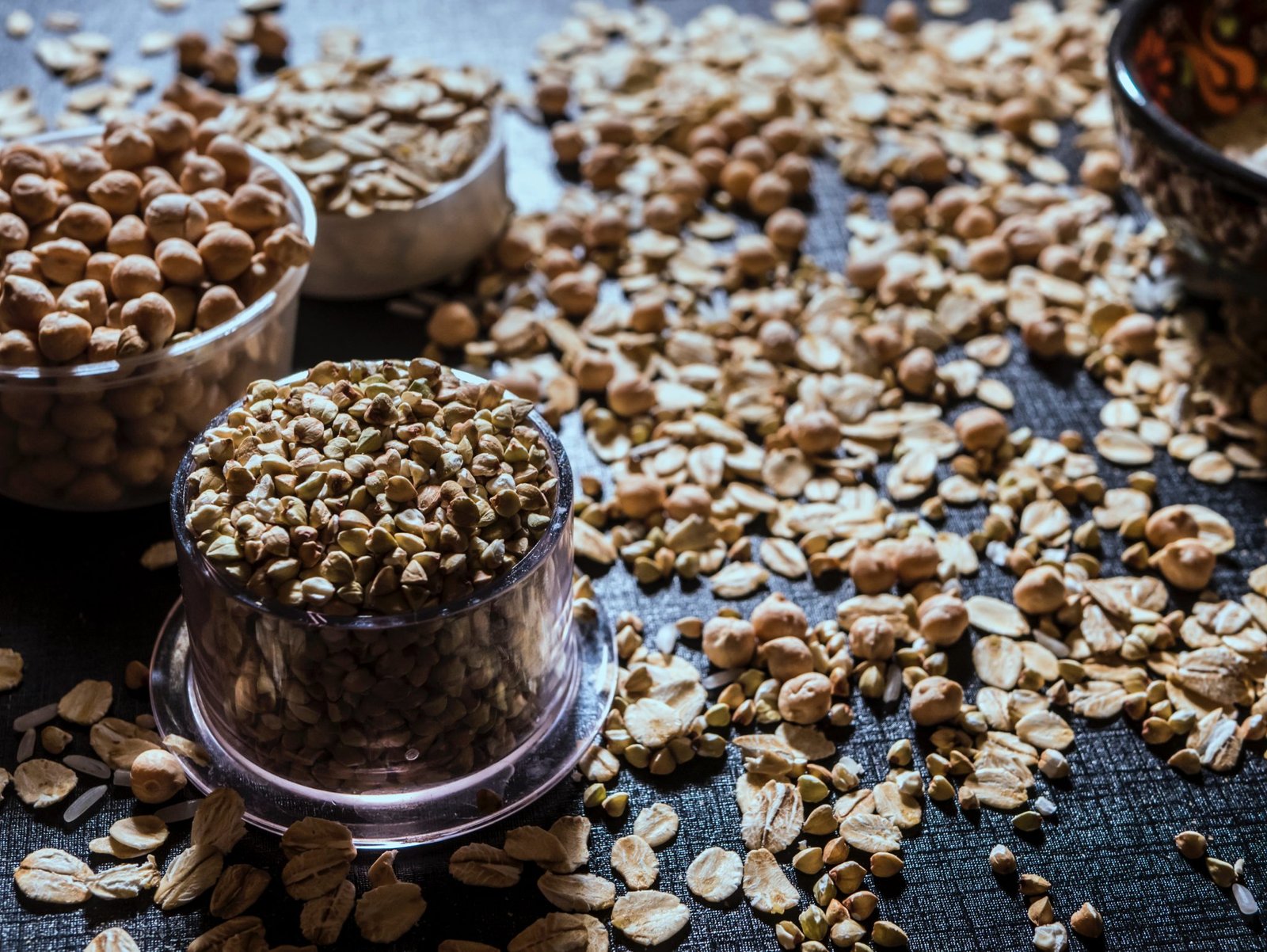
The best news is, superfoods aren’t just good for you; they taste great too! And with the Diabetes Superfoods Cookbook and Meal Planner, you’ll have plenty of quick, creative, and healthy new recipes you can enjoy every day.
“The best time to start making healthier choices is right now,” concludes Verdi. “Start adding more superfoods to your diet today and soon you’ll see the tremendous impact they make on your health and well-being.”
Now, here’s that recipe we promised!
Bruschetta-Stuffed Mushrooms
Excerpted from Diabetes Superfoods Cookbook and Meal Planner: Power-Packed Recipes
and Meal Plans Designed to Help You Lose Weight and Manage Your Blood Glucose
Bruschetta is a colorful and delicious appetizer for any gathering. For a lower-carb option, try this simple bruschetta stuffed in mushrooms instead of serving on the traditional baguette.

Prep Time: 10 minutes
Cook Time: 20 minutes
Serves: 7
Serving Size: 2 mushroom caps
Ingredients:
1 pint grape tomatoes
2 tsp olive oil
2 cloves garlic, chopped
2 tsp dried basil
1/3 cup 2% mozzarella cheese
2 Tbsp freshly grated Parmesan cheese
1 (14-oz) pack stuffer (larger) mushrooms
1 Tbsp balsamic vinegar
Cooking Instructions:
1. Cut tomatoes into quarters. Set aside.
2. In a skillet, heat olive oil and add garlic. Sauté garlic for about 1 minute.
3. Add tomatoes and continue to sauté for about 4 minutes.
4. Remove from heat and stir in basil and both cheeses.
5. Remove stems from mushrooms and fill with tomato mixture.
6. Bake in the oven for 15 minutes at 350°F.
7. Let cool slightly and drizzle with balsamic vinegar. Serve warm.
Choices/Exchanges
1 Nonstarchy Vegetable, 1/2 Fat
Basic Nutritional Values
Calories 50
Calories from Fat 25
Total Fat 3.0 g
Saturated Fat 1.0 g
Trans Fat 0.0 g
Cholesterol 3 mg
Sodium 55 mg
Potassium 270 mg
Total Carbohydrate 4 g
Dietary Fiber 1 g
Sugars 2 g
Protein 4 g
Phosphorus 85 mg
About the Authors
Cassandra Verdi, MPH, RD, is the coauthor of Diabetes Superfoods Cookbook and Meal Planner: Power-Packed Recipes and Meal Plans Designed to Help You Lose Weight and Manage Your Blood Glucose and 21 Things You Need to Know about Diabetes and Nutrition. She is a registered dietitian, writer, and nutrition communications expert skilled in nutrition program planning, content development, and recipe development. She is the former associate director of nutrition at the American Diabetes Association, where she managed and developed many nutrition resources.
Stephanie Dunbar, MPH, RD, is the coauthor of Diabetes Superfoods Cookbook and Meal Planner: Power-Packed Recipes and Meal Plans Designed to Help You Lose Weight and Manage Your Blood Glucose and 21 Things You Need to Know about Diabetes and Nutrition. She is an author and consultant specializing in health education program development. She is the former director of nutrition and medical affairs at the American Diabetes Association and has worked as a nutritionist providing diabetes education to children, teens, and adults with diabetes.
About the Book
Diabetes Superfoods Cookbook and Meal Planner: Power-Packed Recipes and Meal Plans Designed to Help You Lose Weight and Manage Your Blood Glucose (American Diabetes Association, 2019, ISBN: 978-1-580-40679-6, $19.95) is available from major online booksellers.









George
Thank you for sharing such an interesting article, I really like to read various information about food products, and recently I found a lot of informative information about various food products on a very interesting site: https://neabigread.org/ I advise you to visit this site too, you will learn a lot of new information for yourself